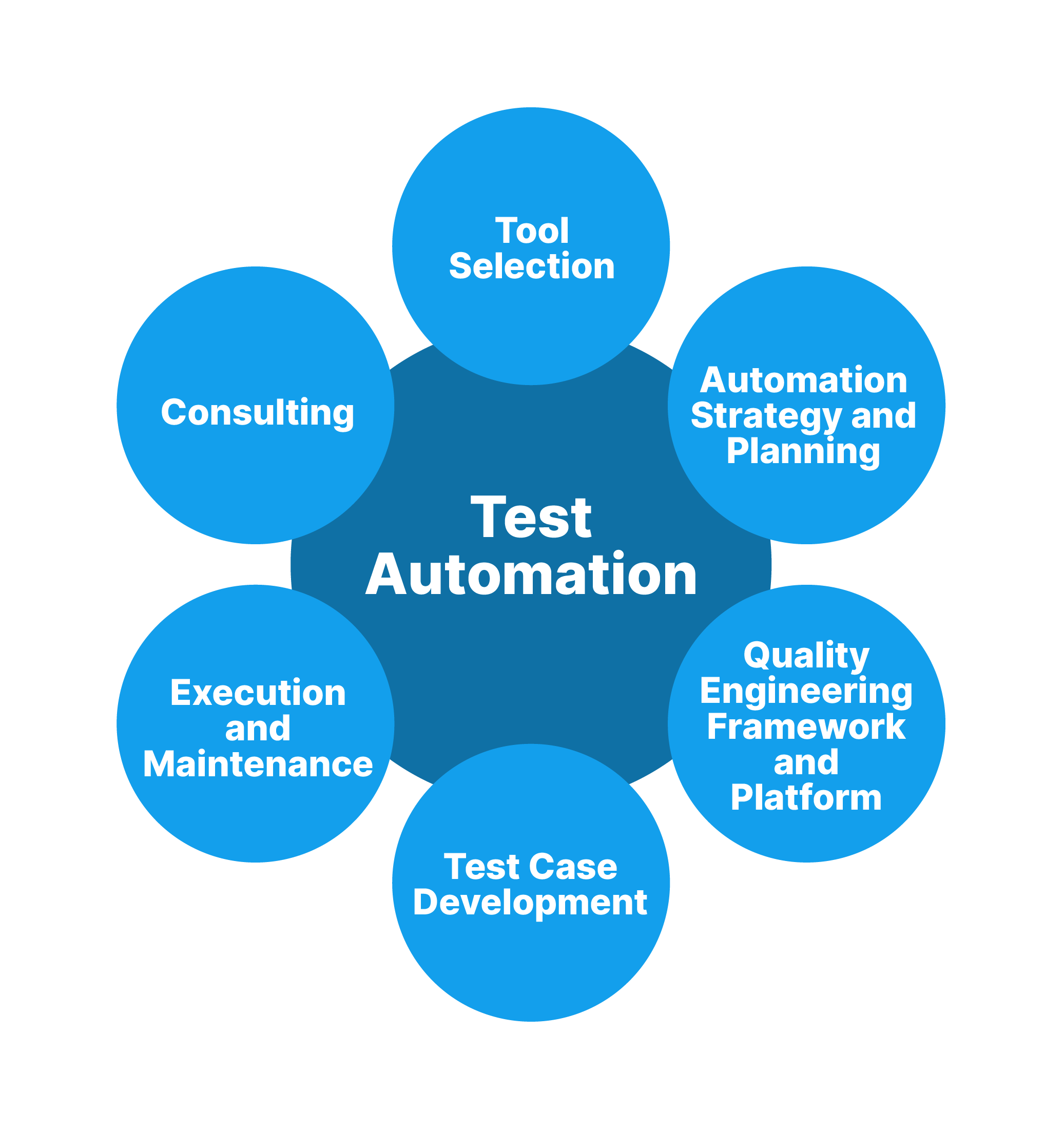Making Certain Success in Automation Evaluating: Trick Metrics, Challenges, and Solutions Every QA Group Need To Know
In the realm of software application high quality guarantee, the landscape of automation screening is ever-evolving, requiring a careful technique to ensure seamless procedures. The journey to understanding automation testing is paved with nuances that require an eager eye for surveillance, evaluation, and continuous improvement. As the sector propels forward, the pursuit for ideal performance in automation testing remains a constant search, advising QA teams to outfit themselves with the expertise and approaches necessary for triumph.
Relevance of Key Metrics
Comprehending the significance of crucial metrics is crucial for evaluating the performance and efficiency of automation testing processes. Secret metrics offer as quantifiable steps that provide beneficial insights right into different facets of the testing procedure, such as test insurance coverage, test implementation time, problem thickness, and examination case performance. By evaluating these metrics, QA groups can determine traffic jams, inadequacies, and areas for renovation within their automation testing structure.
One crucial element of vital metrics is their capability to track progression and keep track of the total health and wellness of the screening process (automation testing). They allow stakeholders to make enlightened decisions based on data-driven insights, which can cause a lot more efficient testing approaches and better source appropriation. Additionally, crucial metrics can aid teams set practical objectives, determine the success of automation campaigns, and demonstrate the ROI of automation testing efforts

Usual Challenges Encountered
Difficulties generally encountered in automation testing processes can dramatically impact the overall effectiveness and performance of QA teams. Automation testing might not cover all elements of screening, such as use and customer experience screening, which still require hands-on treatment. Overcoming these challenges requires correct preparation, strategic examination instance selection, durable upkeep procedures, appropriate sources, and a clear understanding of the restrictions of automation screening.
Reliable Solutions for Challenges
To attend to the challenges come across in automation testing, implementing effective solutions is important for enhancing the performance and efficiency of QA teams. One vital option is to invest in robust training programs for QA teams to guarantee they have the needed skills to successfully use automation tools. Training can connect understanding voids, enhance understanding of automation frameworks, and improve scripting capabilities, inevitably causing more reliable examination development and execution.
One more vital remedy is to establish clear interaction channels within the QA group and with other stakeholders, such as programmers and job supervisors. Efficient interaction assists in aligning assumptions, sharing progress updates, and without delay addressing problems or barricades that may occur throughout the automation testing process.

Surveillance and Evaluation Methods
Carrying out effective surveillance you can try here and evaluation techniques is essential for ensuring the success and performance of automation testing processes. By utilizing surveillance tools, QA groups can track the efficiency of test manuscripts, identify traffic jams, and determine locations for enhancement. Real-time monitoring permits quick discovery of problems, allowing quick action and resolution. Additionally, analyzing test outcomes and metrics gives beneficial insights right into the quality of the software program being tested and the performance of the testing approach.
One key method in surveillance and analysis is making use of control panels that consolidate relevant metrics and KPIs in a visually obtainable format. These dashboards provide a detailed summary of test execution condition, examination coverage, problem patterns, and other essential information. On a regular basis assessing and assessing these control panels can help QA teams make informed decisions, prioritize tasks, and optimize testing efforts.
Furthermore, executing automated informs and notices based on predefined thresholds can improve proactive tracking and timely intervention. By establishing alerts for efficiency deviations or examination failures, teams can deal with issues promptly and avoid them from escalating. Overall, monitoring and analysis strategies play an essential duty you can try here in making certain the performance and success of automation screening efforts.
Constant Improvement Techniques
Enhancing the efficiency of automation testing processes demands the constant improvement of methods and techniques. One vital method to improving automation testing processes is to perform regular testimonials and retrospectives.

Conclusion
Finally, it is critical for QA groups to comprehend the vital metrics, challenges, and remedies in automation screening to make certain success. By thoroughly keeping track of and index evaluating information, carrying out reliable remedies to usual obstacles, and continually boosting methods, QA teams can maximize their screening processes and deliver top quality software program items. Sticking to these techniques will ultimately bring about more reliable and reliable automation testing practices.
By examining these metrics, QA teams can identify traffic jams, inefficiencies, and areas for enhancement within their automation screening framework.
Furthermore, key metrics can help teams established sensible objectives, determine the success of automation efforts, and show the ROI of automation testing initiatives.
Obstacles frequently come across in automation testing procedures can substantially influence the overall performance and effectiveness of QA teams. Automation screening might not cover all aspects of testing, such as use and user experience testing, which still require manual treatment.In verdict, it is crucial for QA teams to comprehend the essential metrics, challenges, and services in automation screening to make certain success.